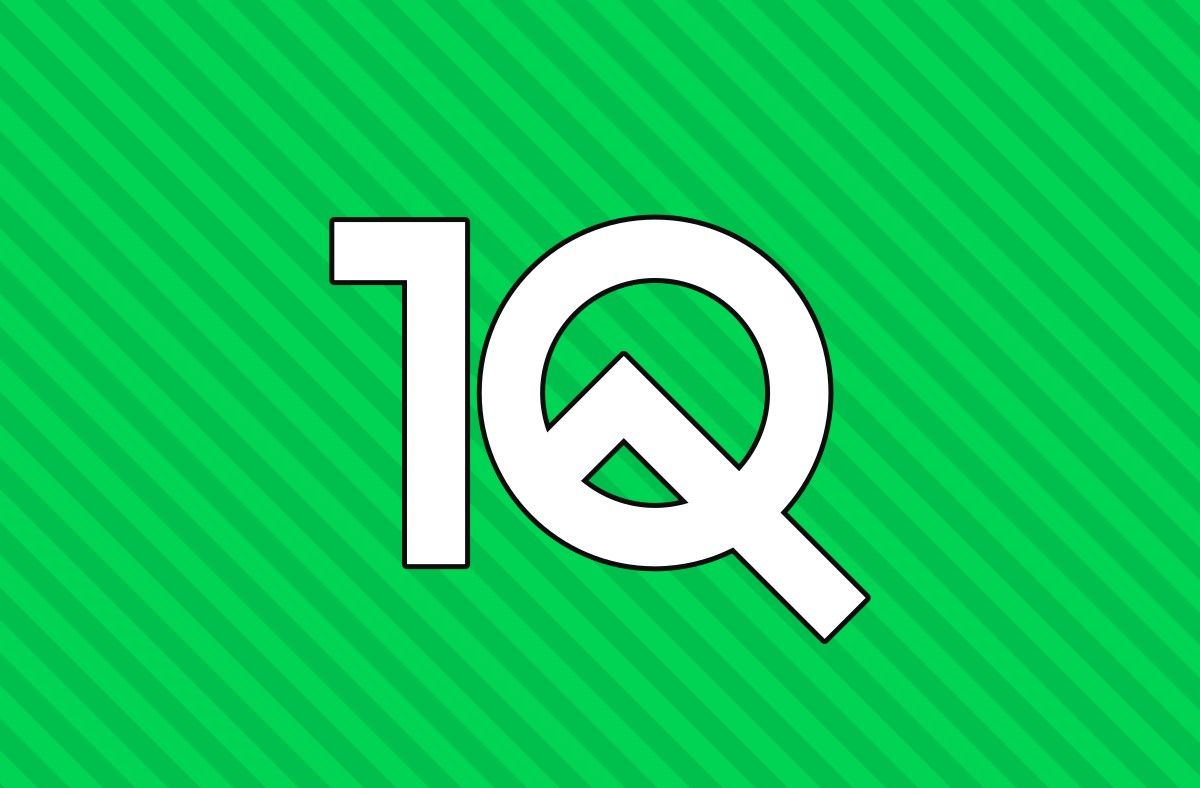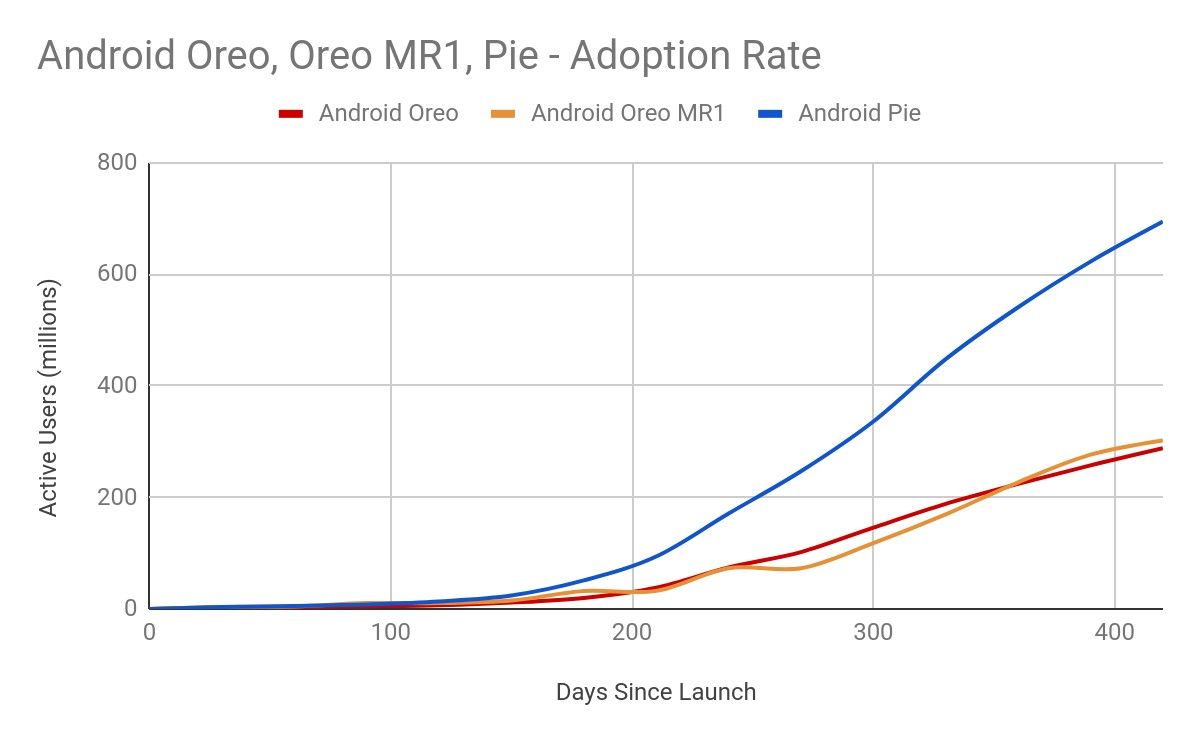When it was announced back in 2017, Project Treble was seen as game-changing to the Android ecosystem. In basic terms, Project Treble modularizes Android to make it easier for OEMs to update devices. For people in the Android community who love trying bleeding edge software, this has been a big deal, and it has improved version update adoption. But how much has it really helped? Google shared some details today in a blog post.
Google talks about how when they first launched Project Treble they knew it would take some time to see how much of an impact it had on the platform. Treble launched with Android Oreo, but it wasn't until Android Pie that Google could start measuring the rate of upgrades. Now that we're on to Android 10, there is even more data to parse.
The Partner Beta Program was one of the early signs of success for Project Treble. This is the program that allowed many more devices to join in on the Android P developer previews. 7 devices from 7 different OEMs joined the Google Pixels. And with the Android Q beta program, Google was able to increase the number to 18 additional devices from 12 different OEMs.
The more important metric in measuring success is actual stable version upgrades. Here's an excerpt and chart from the blog post with some upgrade numbers:
In late July, 2018, just before Android 9 Pie was launched in AOSP, Android 8.0 (Oreo) accounted for 8.9% of the ecosystem. By comparison, in late August 2019, just before we launched Android 10, Android 9 (Pie) accounted for 22.6% of the ecosystem. This makes it the largest fraction of the ecosystem, and shows that Project Treble has had a positive effect on updatability.
Now, the majority of the progress so far has been a result of the work Google did with Android Oreo. For the jump from Android Pie to Android 10, Google expects to see faster upgrades thanks to their collaboration with silicon manufacturers.
There is also the sheer amount of hardening work on the architecture. We completed the seal between the vendor and system components of Android, which ensures that new versions of the top part of the OS run on older versions provided by our partners. We formalized the interface to the Android Linux kernel, expanded the Treble test suite (VTS), and did so much more. As a result, upgrades from Android 9 to Android 10 are going much more smoothly, as evidenced by direct feedback from our OEM and silicon partners.
Google is already seeing good returns with Android 10. Xiaomi and Essential announced Android 10 updates on the same day that Google did. OnePlus started its beta program on the same day as well. Google says ASUS, LG, Motorola, OPPO, Realme, Samsung, Sharp, Sony, Transsion, and Vivo have committed to updating some of their devices to Android 10 by the end of the year. And of course, devices like the OnePlus 7T are already launching with Android 10 onboard.
An important topic here on XDA is the ROM community. Google talks about how developers have been able to much more easily bring Android 10 to devices that launched with Oreo and Pie. Google-signed Generic System Images (GSIs) and GMS binaries on android.com have played a big part in this as well.
Lastly, Google talks about Dynamic System Updates (DSU) and Project Mainline:
For every device launching on Android 10 that supports DSU, developers are able to install Google-signed Generic System Images and boot into them without having to touch the factory ROMs on their devices.
Project Mainline is to the core of the Android OS what Project Treble is to its foundation. It is a dramatic improvement in the velocity of updates of the OS components that fall under its umbrella.
Google seems to be happy with the progress Project Treble has brought to Android updates. Some people will likely disagree with that, but Android is an enormous ecosystem. Any progress that Google can make in this area is very welcome.
Source: Android Developers


